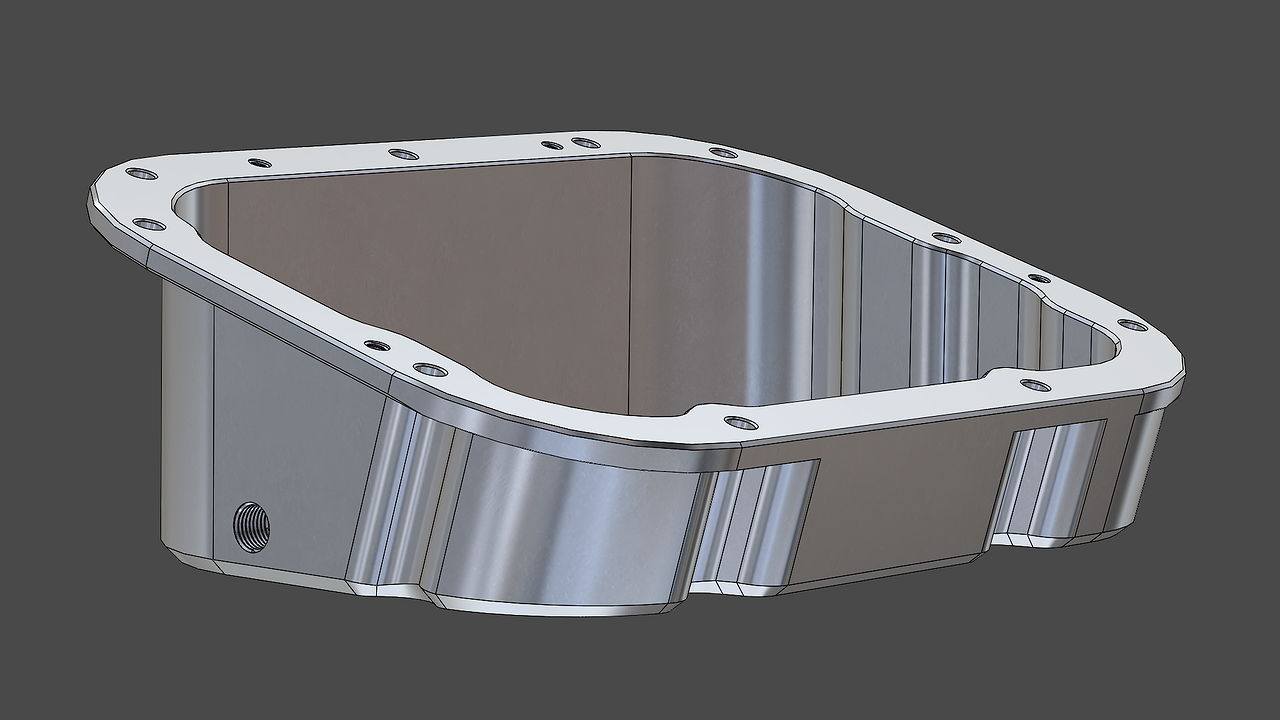Intel prepares the landing of processor variants Meteor Lake for notebooks after apparently canceling the desktop-focused line, though the inclusion of a driver for it in Linux 6.5 suggests the company is well on its way to commercializing it. One aspect that seems to be more interesting on the next generation of processors is the integrated graphics, as the Meteor Lake Xe-LPG aims to reach a clock speed of 2.2 GHz.
In addition to the processor models, the company is immersed in the renewal of its brands, with which it will remove the characteristic letter “i” from its product lines. Meteor Lake will introduce an entirely new architecture based on the company’s own Intel 4 process. Moving on to other things, according to the Golden Pig Upgrade account on the Bilibili social network, the next generation of processors is working in the framework power range between 20 and 65 watts and can reach a working speed of 4.8 GHz.
The 4.8 GHz that Meteor Lake is now known to reach is less than the 5 GHz that the Intel Core i7-1370P, belonging to the Raptor Lake generation, is capable of reaching. However, the corporation’s plans could be to reach 5GHz in Meteor Lake with the Core Ultra 9 series, which on paper should be the successor to the Intel Core i9 that began to see the light of day in 2017 with the Kabylake generation.

The complete Meteor Lake die consists of six high-performance cores, eight efficient cores and two low-power cores. from his side, the integrated graphics will include eight Xe cores, which make up 128 execution units or 1,024 shader units. This, coupled with the aforementioned 2.2 GHz frequency, results in a single-precision computing power of 4.5 teraflops.which on paper is 5% more than the Radeon 780M integrated graphics, based on RDNA 3 and implemented in AMD’s Phoenix APU.
As we can see, Intel has taken the development of its graphics processing technologies seriously in recent years, which has led to its return to the dedicated graphics market and a significant improvement of the integrated processors present in its processors. For Windows users, the situation is simple thanks to the fact that all hardware manufacturers work for Microsoft, but on Linux, the current poor state of the Vulkan driver for this system must be taken into account, which limits the use of Intel Graphics in contexts such as video games.














